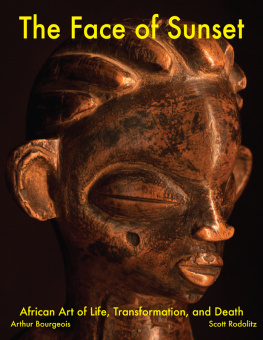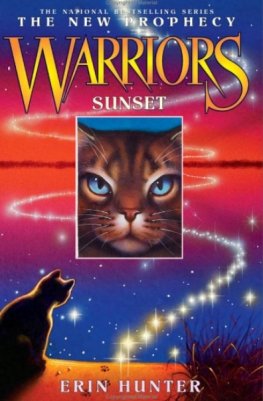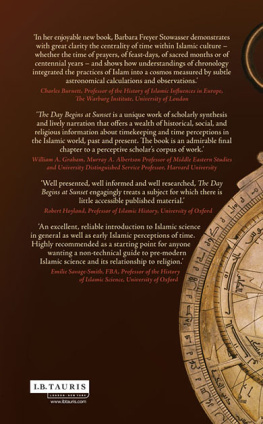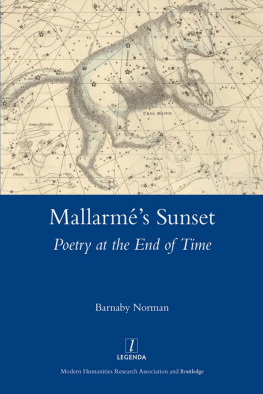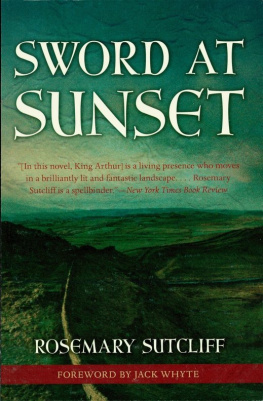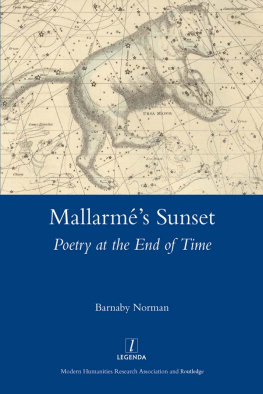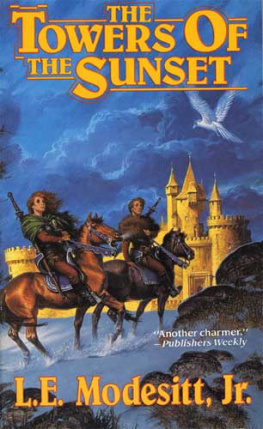
The works in this book were featured in African Expressions, an exhibition at the Tall Grass Arts Association in Park Forest Illinois in February and March of 2012.
Photography, design, and illustrations by Nicholas Prior
Additional photos provided by Lukas Kaffer (Introduction photo, page 7), Carolyn Moore (figs. 134, 190, 200), Scott McCue (figs. 27-29, 173-175), Skyler Smith (figs. 50, 59, 68, 75, 113, 122, 144, 149, 150, 193), and Derlangemarkus (pages 202-203)
All vintage field images courtesy of the Gelbard Photographic Archives of African Expressive Culture, and Juma Mbilizi (pages 121, 125)
Printed by RR Donnelly, Roanoke, VA
Inquiries:
2012 Zarya Publications, NY
ISBN: 978-0-9851375-0-2
Library of Congress: 2012902328

Acknowledgements
Arthur Bourgeois:
Many thanks for my home support team, Marilyn especially, in enduring the seemingly endless phone calls as Scott and I bainstormed and hammered out succeeding themes and for filling in for me at the Opening Reception. For making the accompayning exhibition possible, Paul Saleh, especially, together with Tom Lanham, Mike Weiss, Peter Wilhelm and Ray Divine and the Program Committee at Tall Grass Arts Association. Mike Hansons skills as a basemaker were especially appreciated; also I wish to thank Mikes team who helped install the exhibition.
Scott Rodotlitz
I wish to thank the following people for their role in transforming this book and my thoughts over the years, from idea to reality:
My family:
My beloved wife Tanya and my daughter Yelena who is my sunshine, and who had to put up with my absences for extended periods ladies: I love you; My Mother Anna who is a legend in her own right and one of the greatest people I know, and my brothers, Jerry, Gary and Bruce who have helped and sustained my spirit and soul all of my life.
And the following people in no particular order:
Paul Saleh, Karina and Sasha, Mike Hanson, Charles Jones, Mark Eglinton, Ngoloshang Mbeky, Dave Deroche, Scott McCue, Rich and Karin, Michael Kan, Marcel De Toledo, Cecile Kerner, Mamadi Kaba, Victor Teicher, Jim Haas, Howard Rose and Claudine Colmenar, Resa Alboher, Carl Koefoed, David Gelbard.
And these folks too: Leslie Fine for years of friendship and encouragement, Eric Uhe and Tracy Garber and Wyatt, Dave (Bwana) and Colleen Genn, Charles and Vilma Krugman, and Max and Sofia, Jack Edler, Glenn Pastor, Kim Diamond and Emma, and my dentist the worlds best - Dr. Henry Bernstien and his staff, Susan and Chris, who saw me at the last minute, thereby helping us make deadline. Thanks Murray.
Any mistakes, errors, or omissions, are solely Arthurs and mine, and have nothing to do with these good people.
Finally I need to acknowledge our photographer and director of layout, and my friend, Nicholas Prior who seems not to have slept for over a month or more - And who travelled all over to tirelessly do his job, and kept his cool when all around things were on fire, AND who through it all, created order and beauty from chaos. Nick, Im honored and privileged to have worked with you, and to call you my friend.
What matters most is how well you walk through the fire C. Bukowski
We humbly dedicate this book to Mr. Paul Saleh; a truly remarkable man, whose encouragement and support have made this book possible, and whose big heart and kind soul are evident in everything he does.
Luke 6:45 The good man brings good things out of the good stored up in his heart
Scott Rodolitz
Arthur Bourgeois
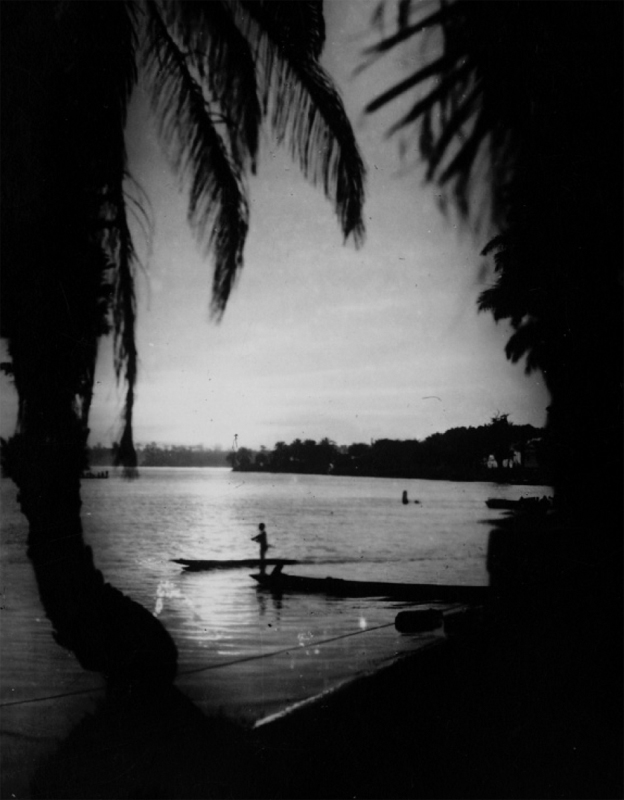
The Gelbard Photographic Archive of African Expressive Culture is a repository of over 6,000 vintage images from across Africa.
Most of the field photographs in this book come from the Archive, and soon, the entirety of this broad collection of images will be availble for scholars and publishers.
Introduction
Perhaps entering the second decade of the twenty first century, a sub-title such as African Art of Life, Transformation, and Death seems more than a little anachronistic.
After all, the last thirty years have seen the rise of so many post-Structuralist movements, that it seems dizzying. Any hint of a binary structure with a mediating element is not only out of vogue, but anathema to contemporary studies.
In all fairness, the binary opposition of structuralist anthropology and Art studies was born out of Hegelian dialectic and tempered by linguistic models; earlier sources that had no interest in the study, or art of Mankind.
Nevertheless, the concept of thesis, antithesis, and synthesis, or of basic binary opposites and mediating structures developing from them as the way we view the world, is one of many ways to view the art of Africa and elsewhere, and perhaps, with a few modifications, develop a more clear understanding of the art object and its basic nature.
Taking the theme of life and death, it is possible to take a slightly different approach and find the synthesis of the two as transformation. After all, most every event in life that is meaningful, in some way transforms the individual; the boy dies and is reborn a man, if only symbolically. The individuals marry and become a couple; the elder dies and becomes an ancestor in the spirit world -- these are all transformations, and their tangible manifestations can be found over and over in African art, from initiatory art to mortuary art, and its echoes can be felt in the everyday artifacts of living, from pottery and jewelry to architecture and body painting and scarification.
That Structuralism claimed myth as the mediating element in this system is not without merit, as every object that is recreated the same way for generations has some underlying mythic concept governing its creation. However, for the purposes of understanding and appreciating art, the study of myth is often impractical, as much of it has been lost to time, and more importantly, as fieldwork has shown, the informant, their age, gender, and status, will all factor into the variant myth.
For the purposes of this work, we examine arts of life, transformation, and death from household goods to currency, to mortuary posts, Neolithic grave goods, and mourning textiles; and objects of transformation: initiatory or numinous creations whose primary purpose is to take the individual from one level of being to the next.
It is this group of objects, the transitionary objects, that best help us to understand the Arts of Africa, as we all share such transitions and maintain our own stock of icons to inform and protect us on our journeys, regardless of our own cultural backgrounds.
However it would be overly simplistic to not acknowledge that all of these three points are multivalent. Thus, life itself holds death as a part of it. Death is a transformation and a new life in the next world. Transformation attempts to allow the individual to modulate various deaths in life. Thus, many objects of ritual art fall equally into all of these categories at once, indeed, in some sense, any object considered to be magical must be made up of facets of each of these three elements.
Next page
